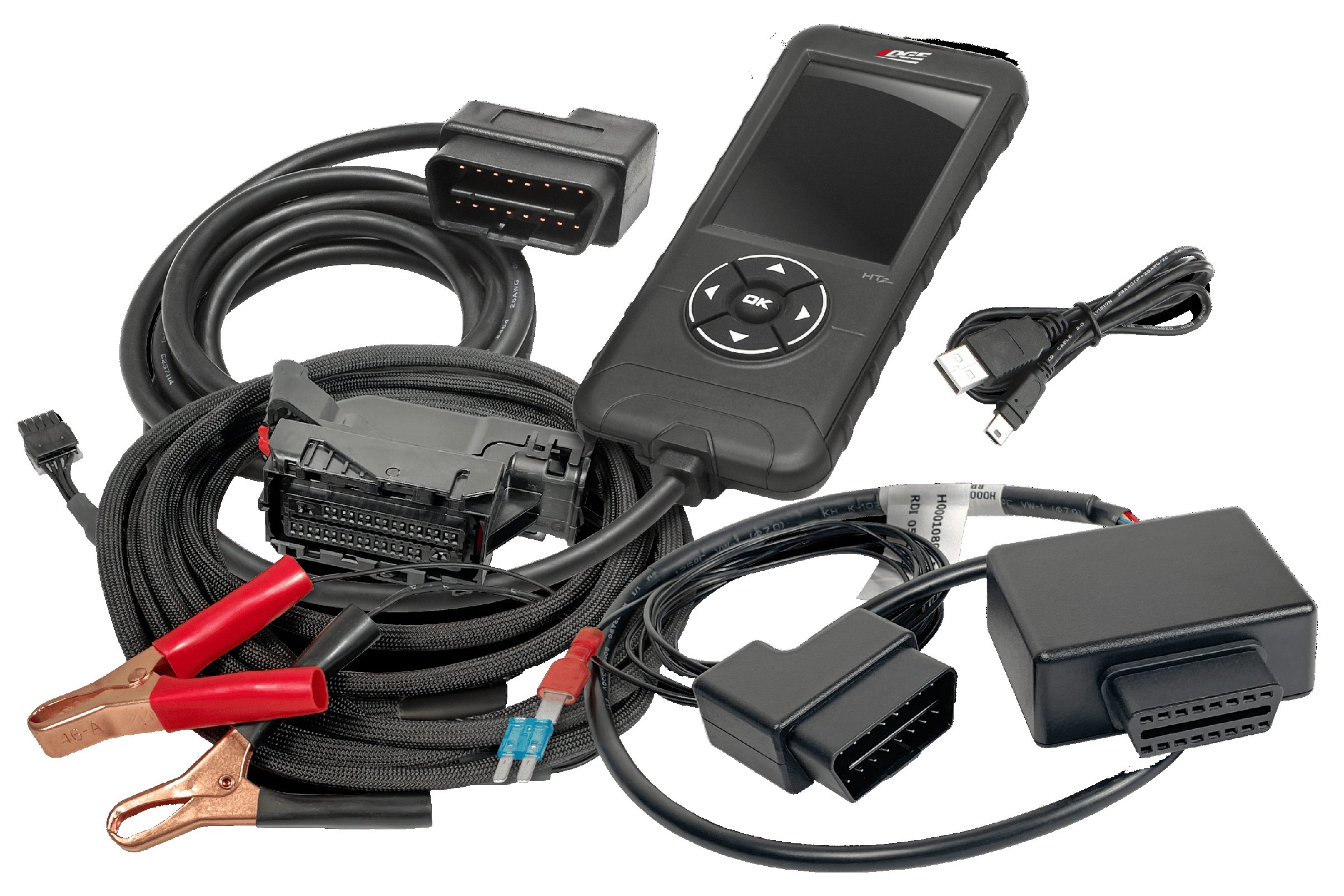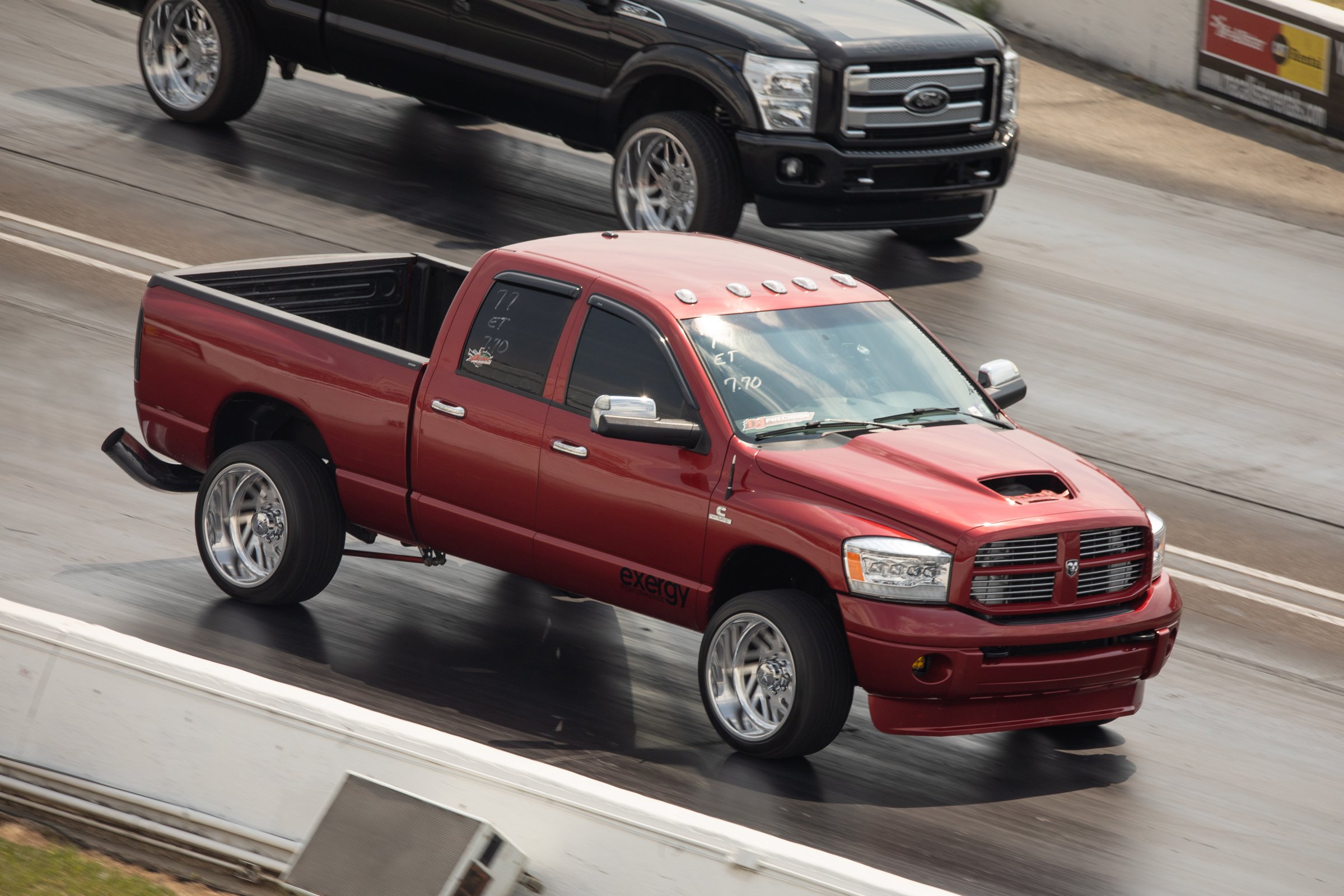If you are dealing with a Power Stroke that is plagued with oil leaks, you’re not alone. Oil seeping from various locations is one of the most common issues discussed by many ” seasoned ” truck owners. The reason: The “rubber” gaskets and/or seals have been through hundreds if not thousands of heat cycles and this will cause those gaskets and seals to get hard and brittle. Recently, I happened to be at Twin Diesel Performance in Lakeland, Florida, and when I walked in the door, I saw David Goodwald elbows deep in the process of resealing a 6.0-liter Ford.

When I got to the shop, the engine was out of the truck and partially disassembled. When Twin Performance does a reseal, every gasket and seal is replaced.
After speaking with him for just a couple of minutes, he relayed that this was the second truck in the same week that came in for a reseal. If they are that prevalent, I thought it might make a good article to show you guys what it takes to properly fix Power Stroke oil leaks. Keeping a diesel truck on the road requires more than just worrying about installing the next performance part. If you ignore the maintenance your truck needs, it will become less reliable over time.
David noticed the oil pump had some light scarring that he attributed to a needle bearing from one of the lifters. This solidified the need for new lifters and oil pump gears.
The upper oil pan (aluminum casting) is removed. This requires removing main-bearing bolts to be able to remove the casting. Removing this upper casting allows you the opportunity to check the main bearings and replace, if needed. Our bearings were in great shape and did not need replaced. Once removed and cleaned, new seals are installed, the casting is put back on the block and the main caps are buttoned up with new bolts.
But before we follow along with the reseal, there are a few things to consider. First, it is essential to determine what is causing the oil leak and where it is coming from. Sure, it is definitely easier to ignore the puddle of oil forming under your truck or pretend that the burnt oil smell is not coming from your engine. But oil leaks are something you should not ignore.
Now for the separator plate and the lower pan.
Leaking oil can get on rubber hoses or non-engine seals and cause them to prematurely degrade. In a worst-case scenario, an oil leak is a fire risk in your engine compartment and can even result in catastrophic engine failure. Can you see why I am imploring you get them fixed?
Getting back to our leaking Power Stroke. When I got to the shop, the engine was already out of the truck and ready for resealing. Now, like many 6.0-liter Power Strokes, the oil pan was the most prominent leak with this engine but rather than only fix the oil pan gasket and then have the rest of the seals soon follow suit and leak, the truck owner decided it would be a good time to completely reseal the engine.
Make no mistake, this is a very involved task, and while you might say it can be done with the engine in the truck, why would you try it? David spent roughly 36 hours pulling the engine, tearing it down, cleaning and replacing every gasket (O-ring) and seal, reassembling the engine, and putting it back in the truck. While having a shop handle a job like this will cost you some money, in the long run, it is much less costly than replacing that truck.
On with the front cover and the new low-pressure oil pump gears.
As far as cost, shop labor varies so I will not be getting into that expense, but when it comes to gaskets and seals, Twin Diesel will only use genuine Ford parts. A complete gasket kit will set you back roughly $1,600 – $1,800.
Once the High-Pressure Oil Pump (HPOP) is resealed and installed, in with the head studs.
Some other things to think about while doing this job are the factory head bolts are a torque-to-yield design. It is not recommended they be reinstalled, and since you need to replace them, this would be a good time to add a head stud kit to your plan. The average cost of a stud kit is around $500. Also, do you know the condition of the oil cooler? For another $380 you can be confident it’s new. I know these costs are adding up, but it’s better to cover all your potential future concerns while you’re currently here.
On with the top-end.
I also noticed that David was replacing the lifters. “With an engine that has more than 200,000 miles on it, I will not do a job like this and not replace them. If they happen to come apart after being reused, so does the engine — again. That will cost the customer so much more since the needle bearings from the broken lifter will have been dispersed throughout the engine and the engine will need a complete rebuild”.
Pushrods and rocker boxes going back on.
If you notice the oil stains on the garage floor or driveway are continuing to get larger, then it is definitely time to get that engine resealed. Look at it this way, you can pay a little now or pay a lot later when you either need to replace your engine or your truck — you decide.
With the installation of the rear block plate and the rest of the top-end parts, the engine is ready to go back in the ole Ford for another 200,000-plus miles.



























